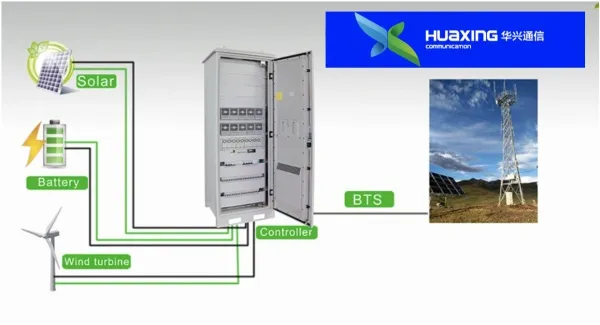microwave and millimeter wave
Microwave and millimeter wave technology represents a crucial segment of the electromagnetic spectrum, operating at frequencies between 300 MHz to 300 GHz. These waves serve as the backbone of modern wireless communications, radar systems, and numerous industrial applications. Microwaves, typically ranging from 300 MHz to 30 GHz, have become indispensable in telecommunications, offering high bandwidth capabilities and efficient data transmission. Millimeter waves, operating at frequencies between 30 GHz and 300 GHz, provide even higher bandwidth potential and are particularly valuable in emerging 5G networks. The technology enables precise control over wave propagation, making it ideal for various applications including medical imaging, security screening, and industrial process control. The shorter wavelengths of these electromagnetic waves allow for compact antenna designs and highly directional transmission, which proves beneficial in both communication systems and sensing applications. The technology's versatility extends to heating applications, where controlled energy delivery enables efficient material processing and food preparation. Their ability to penetrate various materials while maintaining precise control makes them invaluable in both scientific research and practical applications.


